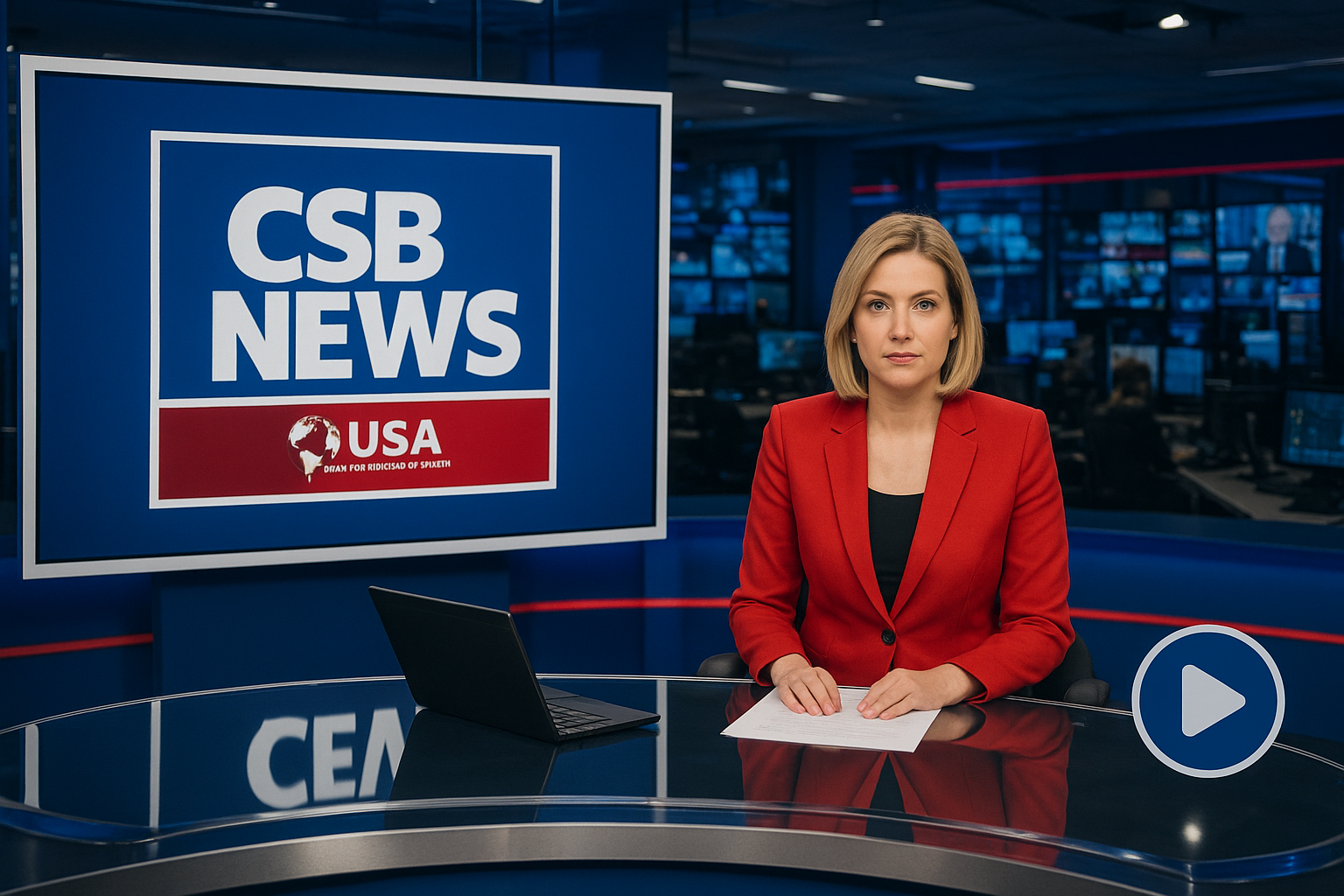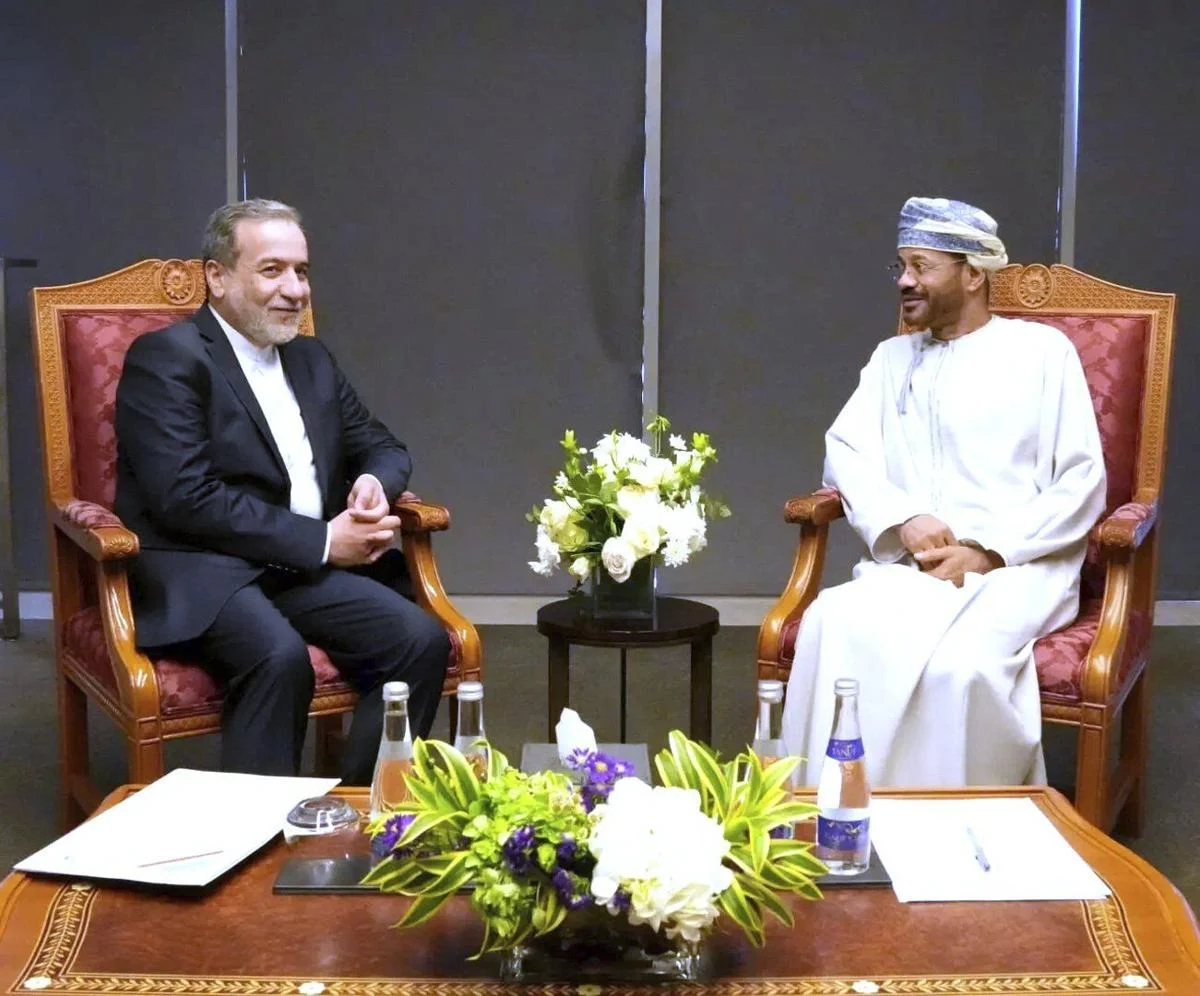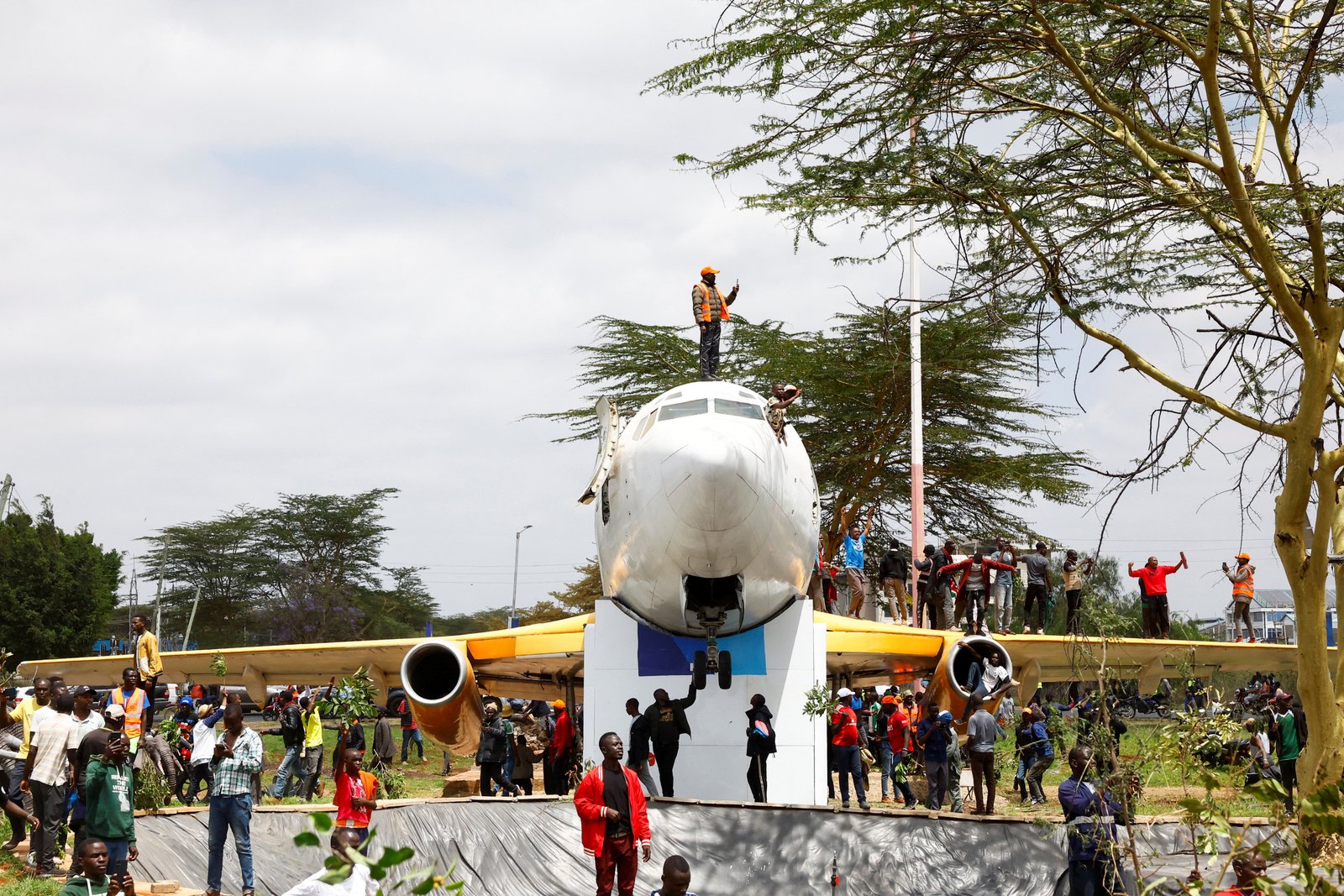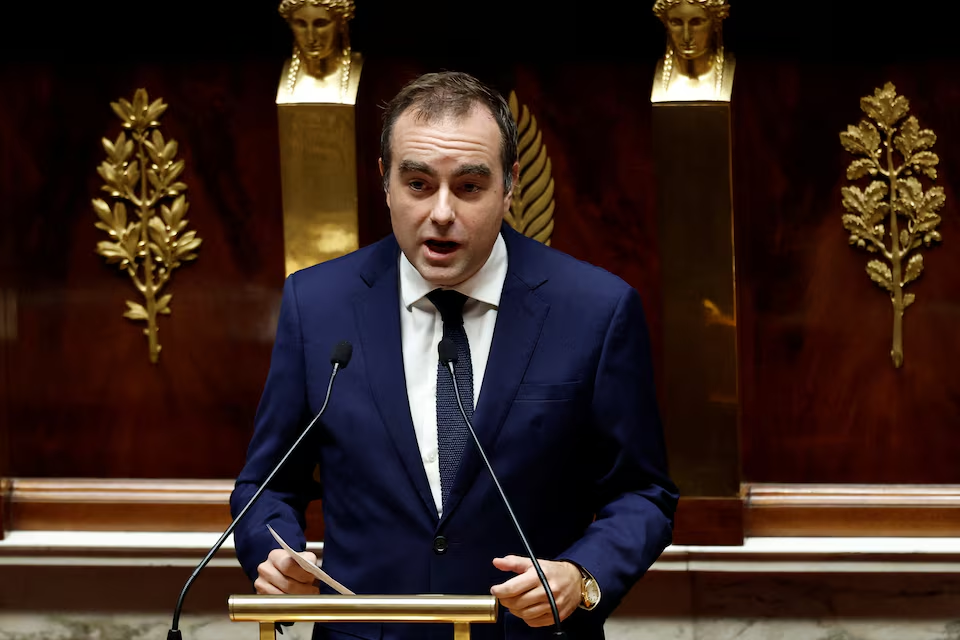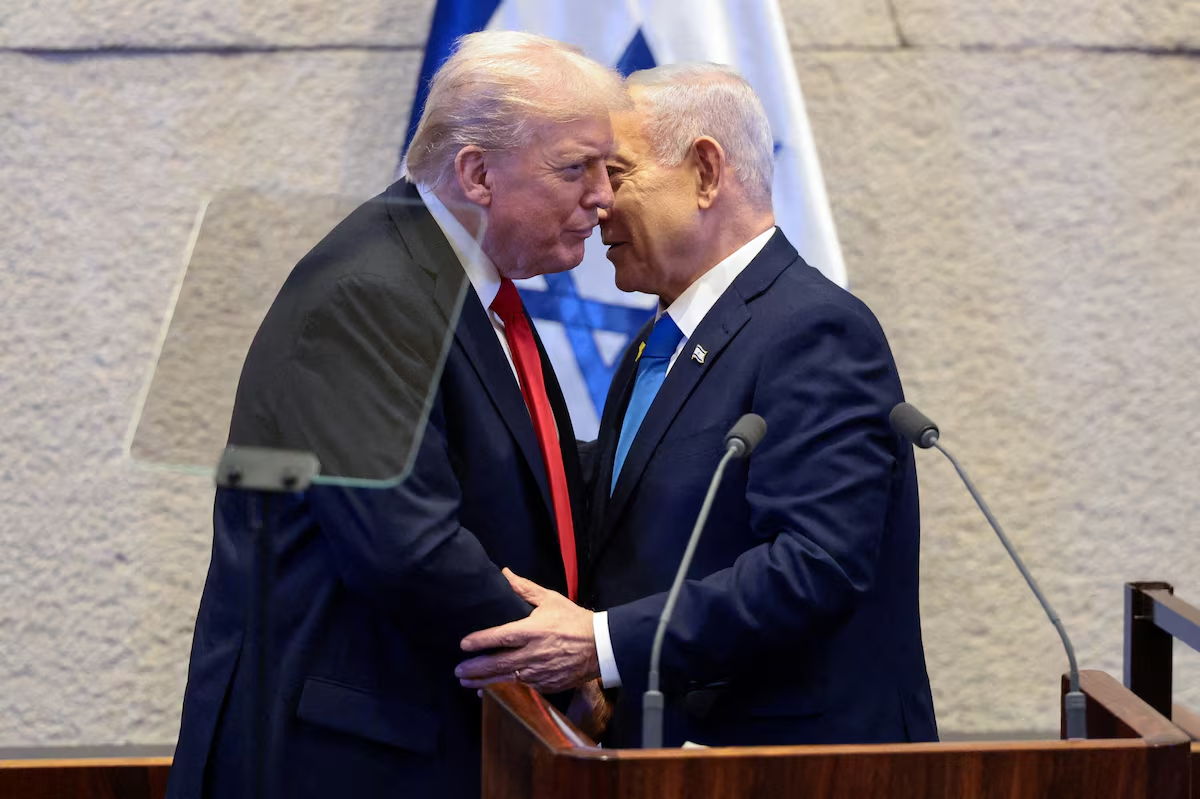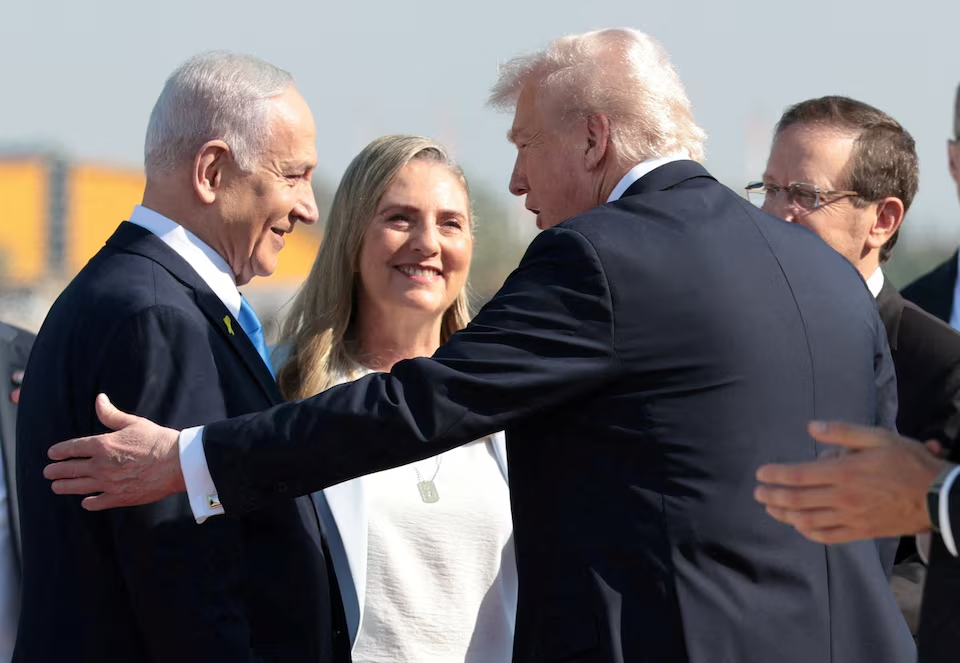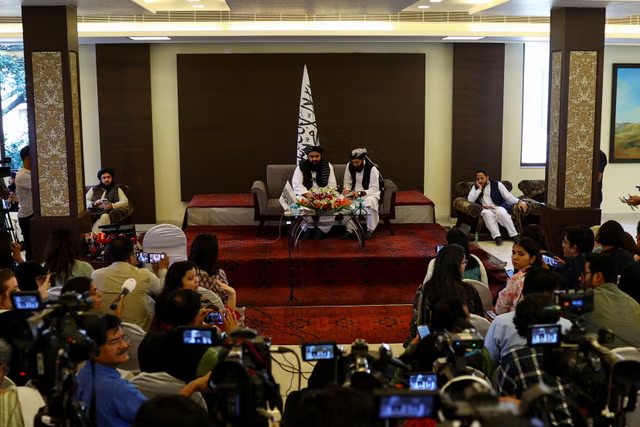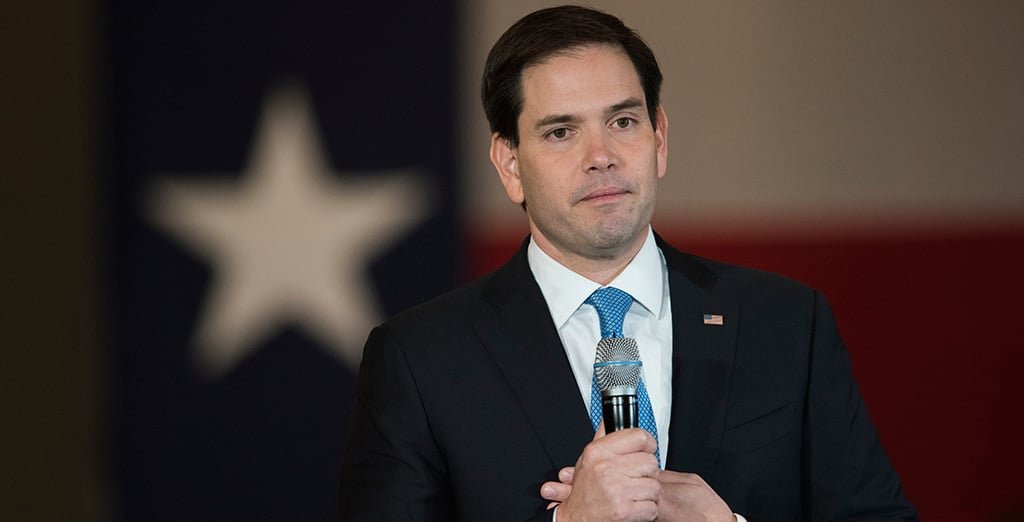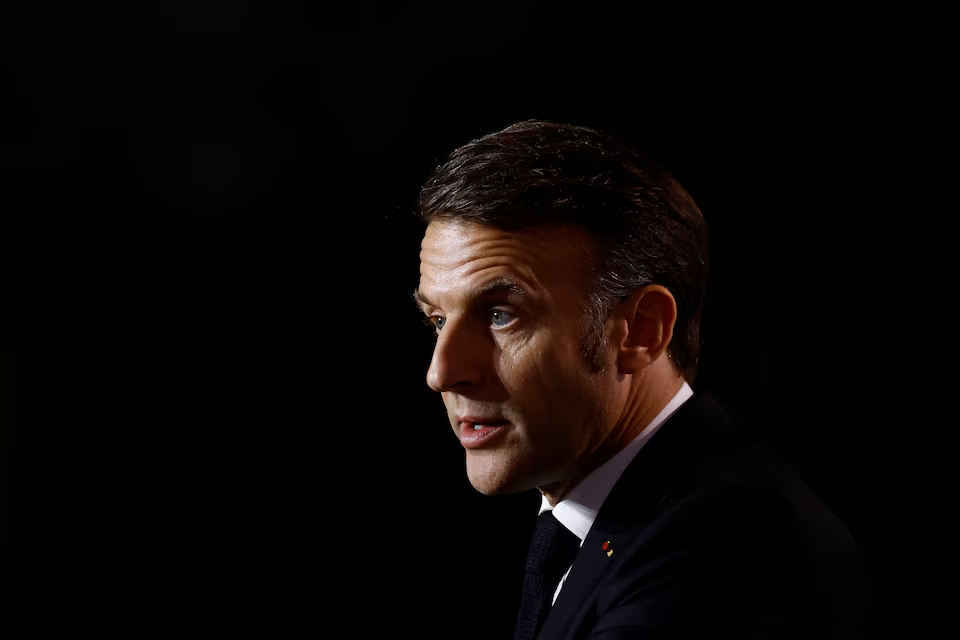For the First Time Since 2018, U.S. and Iran Engage Directly on Nuclear Issue — From the Language of Weapons to a New Chapter of Diplomacy on the Persian Gulf Coast
On Saturday, U.S. and Iranian representatives held talks in Oman over Iran’s controversial nuclear program. Amid prolonged tensions, the meeting is seen as a significant diplomatic effort to resolve longstanding disputes.
For the First Time Since 2018, U.S. and Iran Engage Directly on Nuclear Issue — From the Language of Weapons to a New Chapter of Diplomacy on the Persian Gulf Coast
For the First Time Since 2018, U.S. and Iran Engage Directly on Nuclear Issue — From the Language of Weapons to a New Chapter of Diplomacy on the Persian Gulf Coast
On Saturday, U.S. and Iranian representatives held talks in Oman over Iran’s controversial nuclear program. Amid prolonged tensions, the meeting is seen as a significant diplomatic effort to resolve longstanding disputes.
Background: Withdrawal and Stalled Progress
In 2018, during his first term, then-U.S. President Donald Trump unilaterally withdrew the United States from the Iran nuclear deal. Since then, the two sides have held indirect talks, but with virtually no real progress.
Delegates and Dialogue
Saturday’s meeting involved Iran’s Foreign Minister Abbas Araghchi’s intermediary team and U.S. Special Envoy for Middle East Affairs, Steve Witkoff. Although the talks are indirect, both sides have acknowledged the need for compromise.
Trump Administration’s Firm Stance
Trump has implemented a strict “maximum pressure” policy against Iran, including reimposing sweeping sanctions. He previously stated that while a deal is possible, military action remains an option if Iran refuses to halt its nuclear ambitions. Just last month, Trump sent a letter to Iran’s Supreme Leader Ayatollah Ali Khamenei.
Khamenei’s Warning and Iran’s Response
Ayatollah Khamenei dismissed U.S. threats of military action, saying:
“If danger comes from outside, it will be met with an appropriate and forceful response.”
Iranian Foreign Ministry spokesperson Esmail Baghaei called the threat a “gross insult” to international peace and security.
He wrote on X (formerly Twitter):
“Violence breeds violence, peace brings peace. The U.S. must now choose—the path of peace or the path of consequences.”
Historical Hostility and Current Context
U.S.-Iran relations have remained hostile since the 1979 Islamic Revolution, when the U.S.-backed Shah Mohammad Reza Pahlavi was overthrown. The subsequent takeover of the U.S. embassy in Tehran led to a 444-day hostage crisis and the severing of diplomatic ties.
In 2015, Iran signed a historic nuclear agreement with world powers, under which it agreed to enrich uranium to no more than 3.67% and limit its stockpile to 300 kg (661 lbs).
However, the International Atomic Energy Agency (IAEA)’s latest report shows Iran now holds 8,296 kg (18,286 lbs) of enriched uranium, with some enriched up to 60%, just a step below weapons-grade.
U.S. Intelligence Assessment
American intelligence agencies believe Iran has not yet begun building a nuclear weapon, but is engaging in activities that could lay the groundwork for future weapons development.
Iran’s Stance
Iran has long maintained that its nuclear program is peaceful. However, in recent years, officials have hinted at the possibility of developing weapons—raising alarms across the international community.
Whether this round of talks can thaw the ice in U.S.-Iran relations remains to be seen. But multiple signals suggest that both parties may finally be willing to work toward a realistic compromise.

